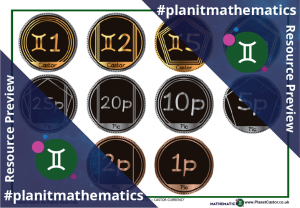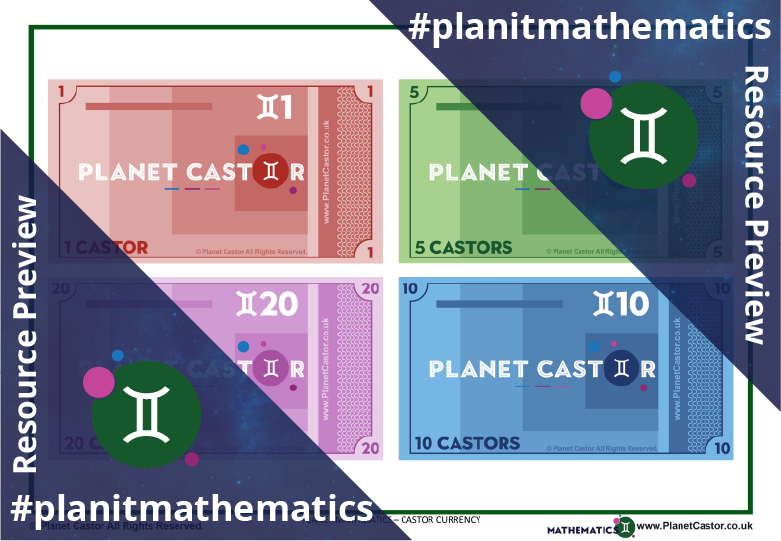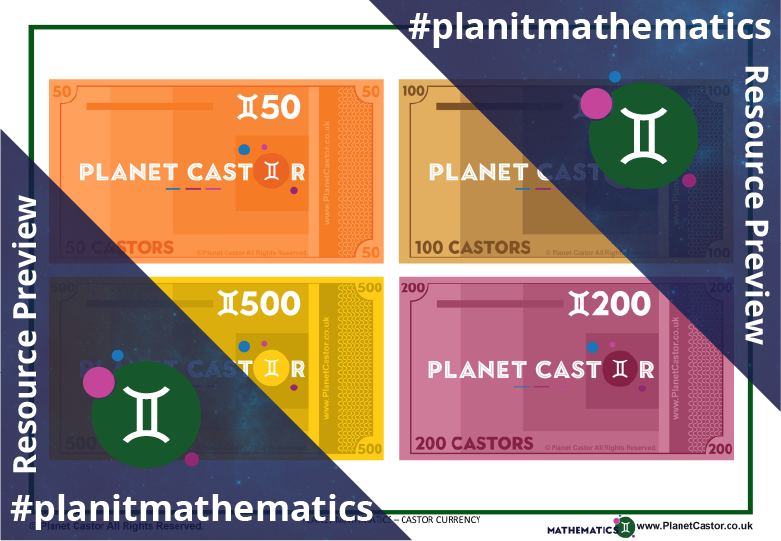The real currency of life is effort, best measured in the extra time you put in.
J.R. Rim
Educators are always looking to make lessons more relevant to the diverse world we live in. Teaching, including the delivery of 21st century skills, rightfully focuses on skills over content. And, it is vitally important that we prepare students for their future through innovative approaches in the delivery of such outcomes.
Recently, I was teaching the concept of money to a class of second graders in an international setting. When planning the scheme of work, I realised that I had fourteen different nationalities in my class. Which currency was I to teach?
Each student had an experience of using their own nation’s currency, and the differences in denominations used was likely to slow the learning intended. Therefore, I decided to mint my own coins – making use of a hidden mathematical code for students to decipher. Realistic notes soon followed, and I now had the necessary tools to teach currencies through an inclusive, global approach.
Castor’s currency (Castor Notes and Pic-Coins) allow students to make connections to their own national currency, while giving them a greater depth of understanding into how different countries use an array of currencies. We are certain that investing in this resource will result in your students using money fluently – no matter what part of the world they find themselves exploring.




Leave a Reply